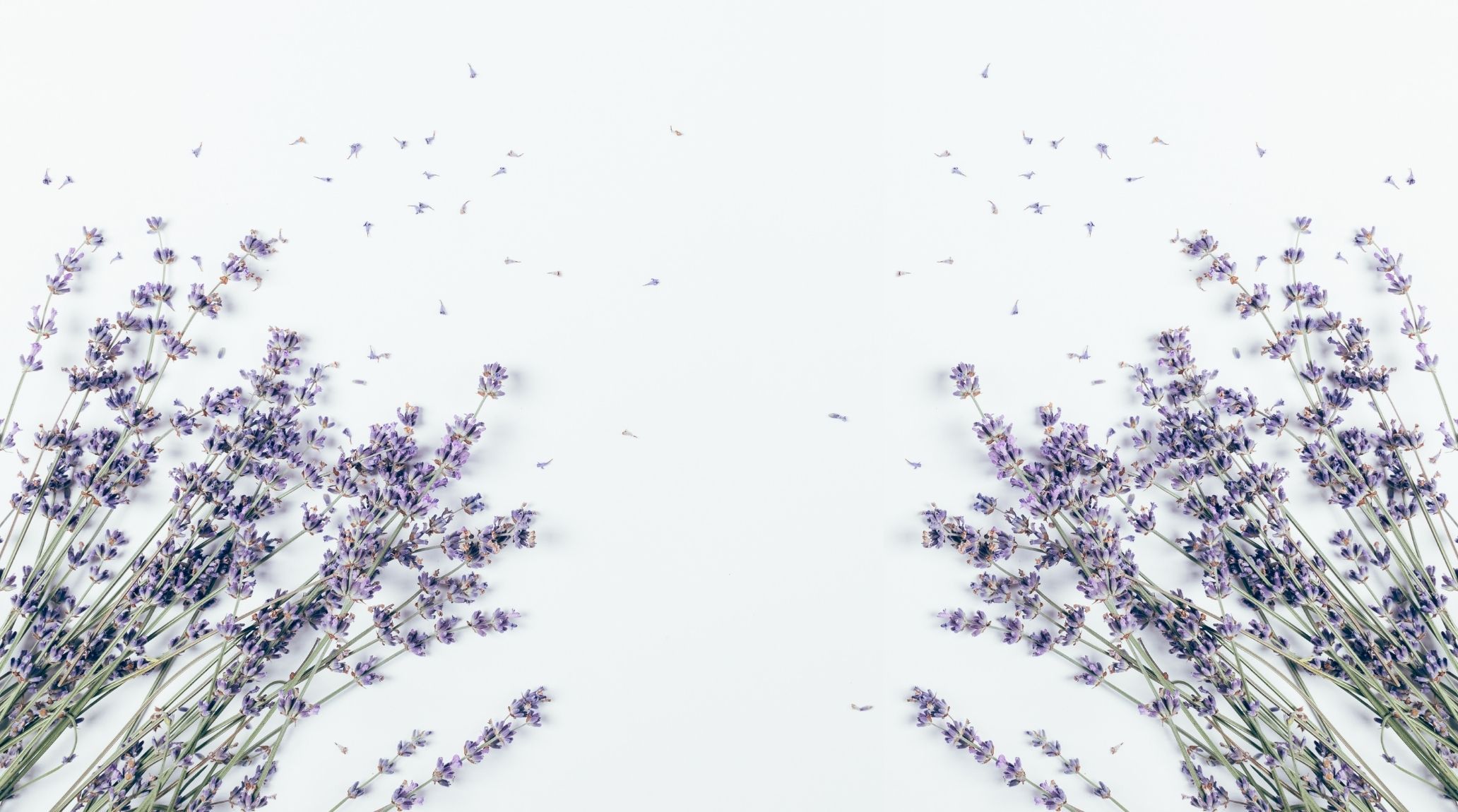
“
Lavender is a beautiful and fragrant plant that has captured the hearts of gardeners and nature lovers for centuries. For young gardeners, learning about lavender can be an exciting journey filled with discovery. Here are 20 Fascinating facts about lavender that you might not know.1
1
”
Lavender isn't just one plant; there are over 450 varieties, each with its own unique fragrance and appearance. These varieties range in color from deep purple to pale pink and even white, showcasing the incredible diversity within this beautiful and aromatic species.1
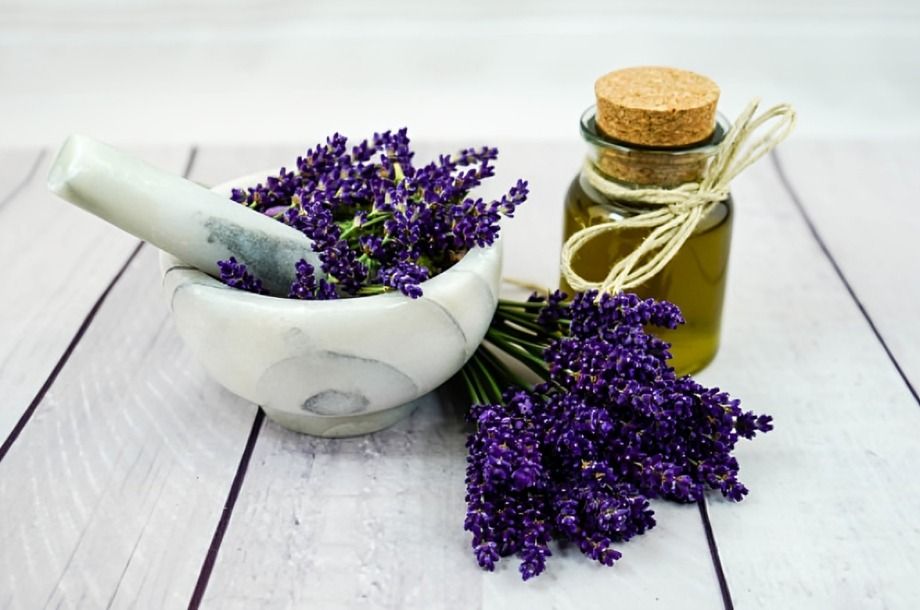
Lavender has been used for its medicinal properties since ancient times. The Romans used lavender oil to treat wounds and burns, believing it had healing powers. Today, it's still used in aromatherapy to promote relaxation and reduce stress.
Lavender plants originally hail from the Mediterranean region, including Europe, the Middle East, and India. These regions provide the ideal climate for lavender, contributing to its distinct aroma and widespread use in gardens and aromatic products. 2
Lavender's strong scent is not only pleasant to humans but also acts as a natural insect repellent. Planting lavender in your garden can help keep mosquitoes, flies, and moths at bay without the need for chemical sprays. 3
Lavender belongs to the Lamiaceae family, also known as the mint family. It is classified as a flowering perennial shrub, renowned for its aromatic qualities and its ability to thrive year after year in suitable growing conditions. 4
Lavender flowers are a favorite among bees and butterflies. Planting lavender in your garden can attract these important pollinators, helping to support the ecosystem and improve the health of your garden. 5
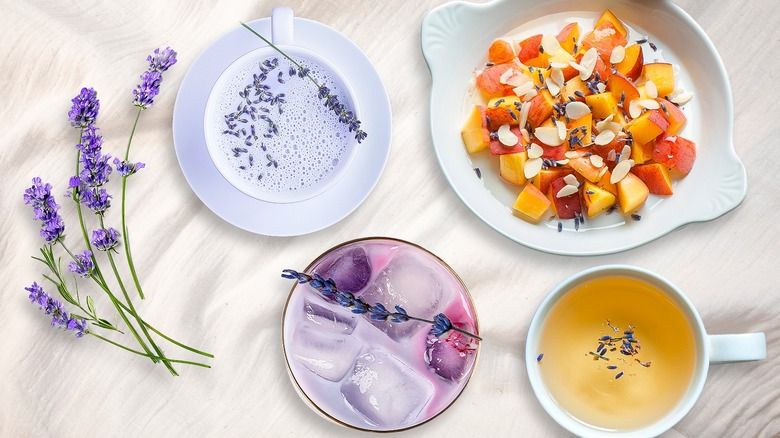
Did you know lavender can be used in cooking? Culinary lavender adds a unique flavor to dishes like cookies, cakes, and even roasted meats. Just make sure to use the right type of lavender, such as Lavandula angustifolia, which is safe for consumption.
Lavender has been used in perfumes for centuries. Queen Elizabeth I of England was known to be particularly fond of lavender perfume, and it was a key ingredient in many historic fragrance recipes. 6
Lavender is a hardy plant that can thrive in dry, sandy soils and requires minimal watering once established. So, it is an excellent choice for gardens in arid climates or for gardeners looking to conserve water. 7
In 16th-century France, French glove makers infused gloves with lavender to help combat cholera. The fragrant lavender not only enhanced the gloves but was also believed to offer some protection against the disease, showcasing its practical and aromatic benefits. 8
Lavender has natural antiseptic and anti-inflammatory properties, making it useful for treating minor cuts, bruises, and insect bites. Applying lavender oil to the skin can help speed up the healing process.9
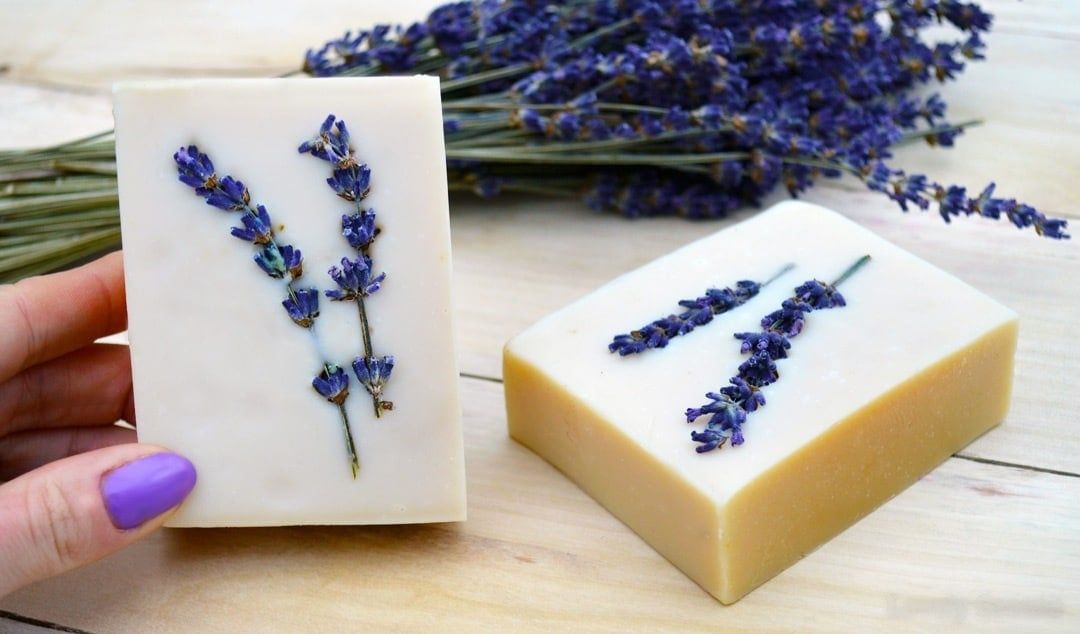
Lavender essential oil is versatile and widely used in homemade soaps, candles, and skincare for its soothing properties. Adding a few drops to your bath can create a relaxing, spa-like experience right at home.
Lavender is well-known for its ability to promote sleep and relaxation. Placing a sachet of dried lavender under your pillow or using lavender essential oil in a diffuser can help improve sleep quality and reduce insomnia.10
In medieval times, lavender was commonly used in soap-making. It was believed to help cleanse the body and spirit. Even today, lavender soap is popular for its gentle and calming effects on the skin. 11
Lavender plants typically have a lifespan of 5 to 10 years. They can live longer with proper care, including well-drained soil and ample sunlight. Regular pruning and maintenance help extend their life and ensure vibrant blooms year after year. 12
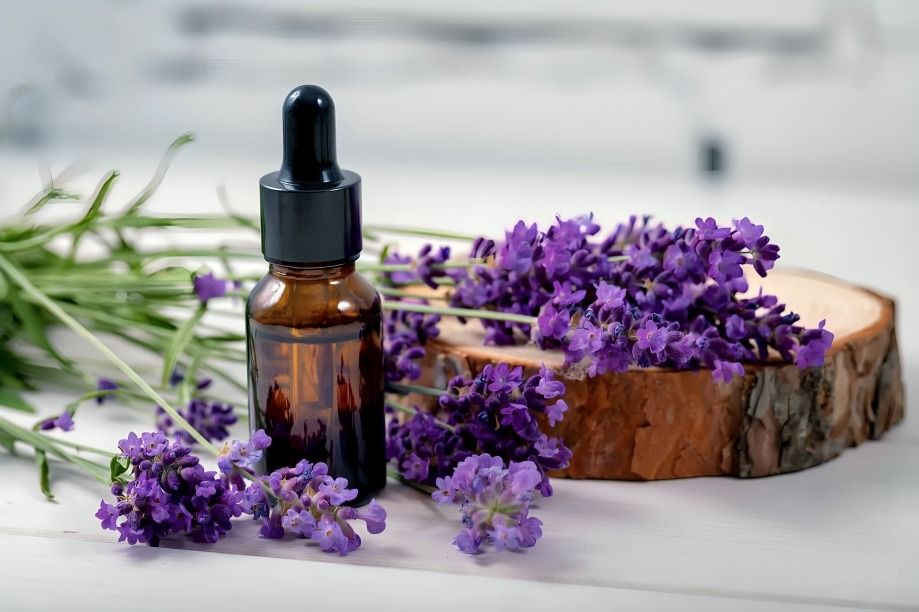
Lavender is used to alleviate menstrual cramps and other menstrual issues. Its calming and anti-inflammatory properties help ease discomfort, making it a popular natural remedy for managing menstrual pain and promoting overall menstrual health.
Producing lavender essential oil is a labor-intensive process. It takes about 150 pounds of lavender flowers to produce just one pound of essential oil. The oil is extracted through a process called steam distillation. 13
The region of Provence in France is famous for its vast fields of lavender. These fields not only produce essential oils and dried lavender but also attract tourists from around the world, especially during the blooming season. 14
Lavender seeds have a lengthy germination period, typically taking 2 to 4 weeks to sprout. This slow process is due to their hard seed coat, which requires time to break down before the seeds can begin to grow. 15
Lavender is often used to treat respiratory problems such as coughs and colds. Its soothing and anti-inflammatory properties help alleviate symptoms, making it a popular choice for easing respiratory discomfort and promoting overall respiratory health. 16


